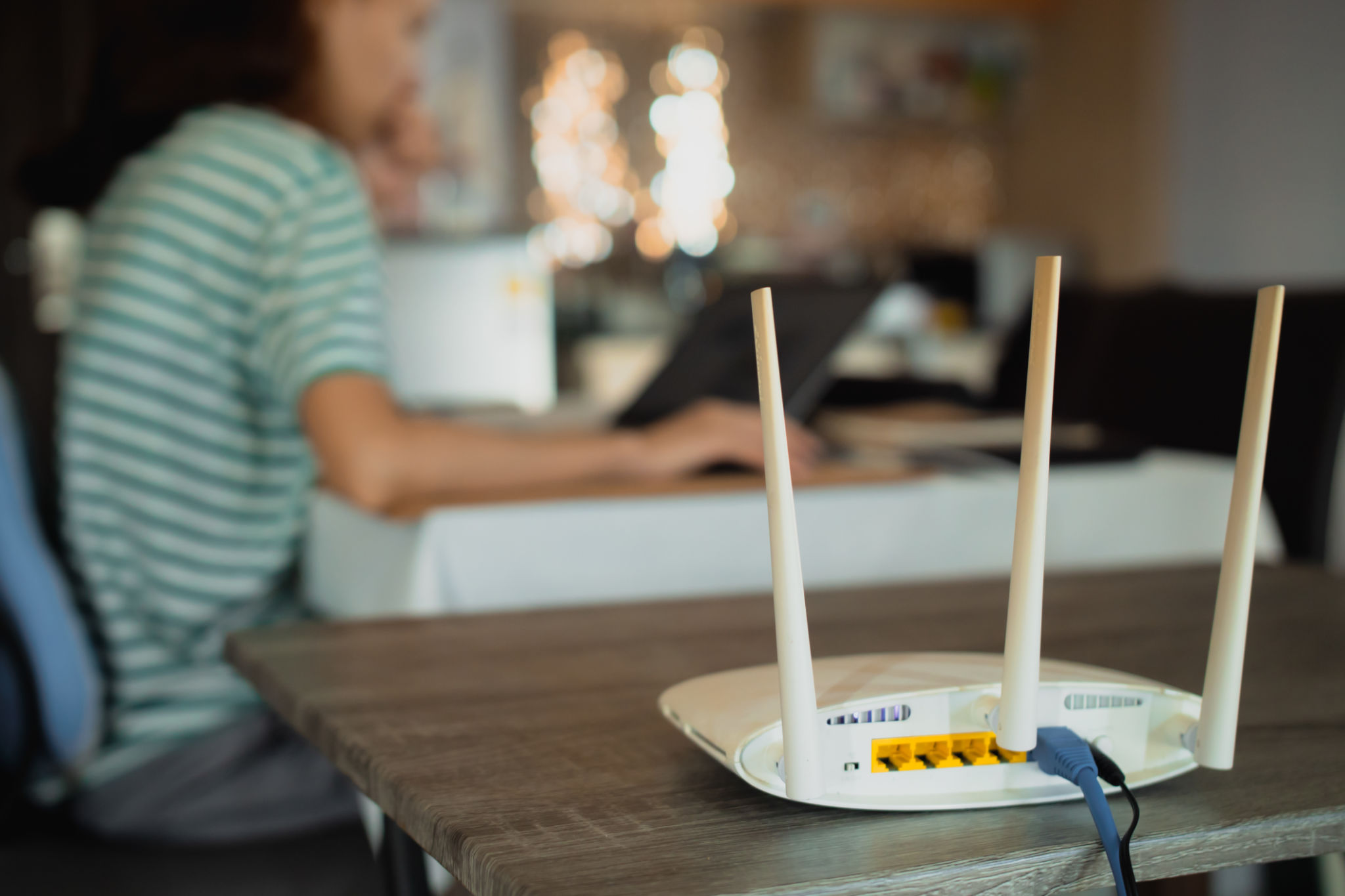Common Myths About Wireless Networks Debunked
Understanding the Basics of Wireless Networks
Wireless networks have become an integral part of our daily lives, connecting us to the internet without the need for cumbersome cables. Despite their ubiquity, several myths about wireless networks persist, leading to confusion and sometimes inefficiency. In this post, we aim to debunk some of these common myths and provide clarity on how wireless networks truly function.

Myth 1: Wireless Networks Are Inherently Insecure
A prevalent myth about wireless networks is that they are inherently insecure. While it is true that wireless networks can be vulnerable to security threats if not properly secured, they are not inherently unsafe. By implementing strong security measures such as WPA3 encryption, regularly updating your firmware, and using complex passwords, a wireless network can be just as secure as a wired one.
It's important to remember that security is an ongoing process. Regularly monitor your network for any suspicious activity and update your security settings as new threats emerge. This proactive approach will significantly enhance the security of your wireless network.
Myth 2: More Antennas Mean Better Performance
Another common misconception is that the number of antennas on a wireless router directly correlates with its performance. While multiple antennas can help in improving signal strength and coverage, they are not the sole determinants of a network’s performance. Other factors such as the router’s location, interference from other devices, and the bandwidth available play crucial roles.

For optimal performance, place your router in a central location, away from physical obstructions and electronic devices that might cause interference. Also, ensure your router is capable of supporting the number of devices connected to it.
Myth 3: Wireless Networks Are Slower Than Wired Networks
Many users believe that wireless networks are slower than wired ones. This was once true, but advancements in wireless technology have significantly narrowed the gap. Modern wireless standards like Wi-Fi 6 offer speeds that can rival or even surpass traditional wired connections under certain conditions.
However, to fully leverage these speeds, it’s essential to have compatible devices and a robust internet plan. Additionally, reducing interference and optimizing network settings can further enhance wireless performance.

Myth 4: You Don't Need to Worry About Network Interference
Network interference is often underestimated by users who assume that their wireless signals are unaffected by other devices. In reality, interference from microwaves, cordless phones, and even neighboring Wi-Fi networks can degrade performance.
To mitigate this, select a less congested channel for your router and consider dual-band routers that offer both 2.4GHz and 5GHz frequencies. This flexibility allows you to switch channels when experiencing interference, maintaining a stable connection.
Conclusion: Navigating Wireless Networks with Confidence
By understanding and addressing these myths, users can better navigate their wireless network setups, ensuring both security and efficiency. With proper measures in place, wireless networks can provide reliable and high-speed connectivity tailored to modern needs.
We hope this post has helped debunk some of the common misconceptions surrounding wireless networks. As technology continues to evolve, staying informed will empower you to make the best choices for your connectivity needs.